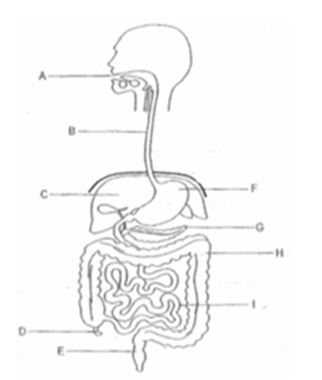Do Now: On your handout list the different parts of the digestive system. If you know their functions, list that as well.
Post video checkpoint: Enzymes (Updated)
What are all enzymes made up of?
Almost all enzymes are proteins that are made up of amino acid chains (Amoeba Sisters, 2016).
What are the 2 main functions of enzymes?
The two main functions of enzymes are speeding up the efficiency and process of a reaction and binding to molecules and altering them in special ways (Amoeba Sisters, 2016).
Using your knowledge of enzymes and what you have just learned and read, answer the following questions.
What are enzymes?
Enzymes are essential protein compounds found in all living organisms (Amoeba Sisters, 2016).
What is a catalyst?
A catalyst is a certain substance that increases a chemical reaction’s rate without being changed or destroyed.
How do enzymes work?
The substrate and the enzyme get in the same area, and the enzyme grabs on to the substrate at the active site. Catalysis happens, and the enzyme releases a particular product.
What is an example of an enzyme and what does your example break down/digest?
Trypsin is a particular enzyme found in the small intestine, and its purpose is to break proteins down into amino acids.
Reference
Amoeba Sisters. (2016). Enzymes (Updated) [Video]. YouTube. Web.
